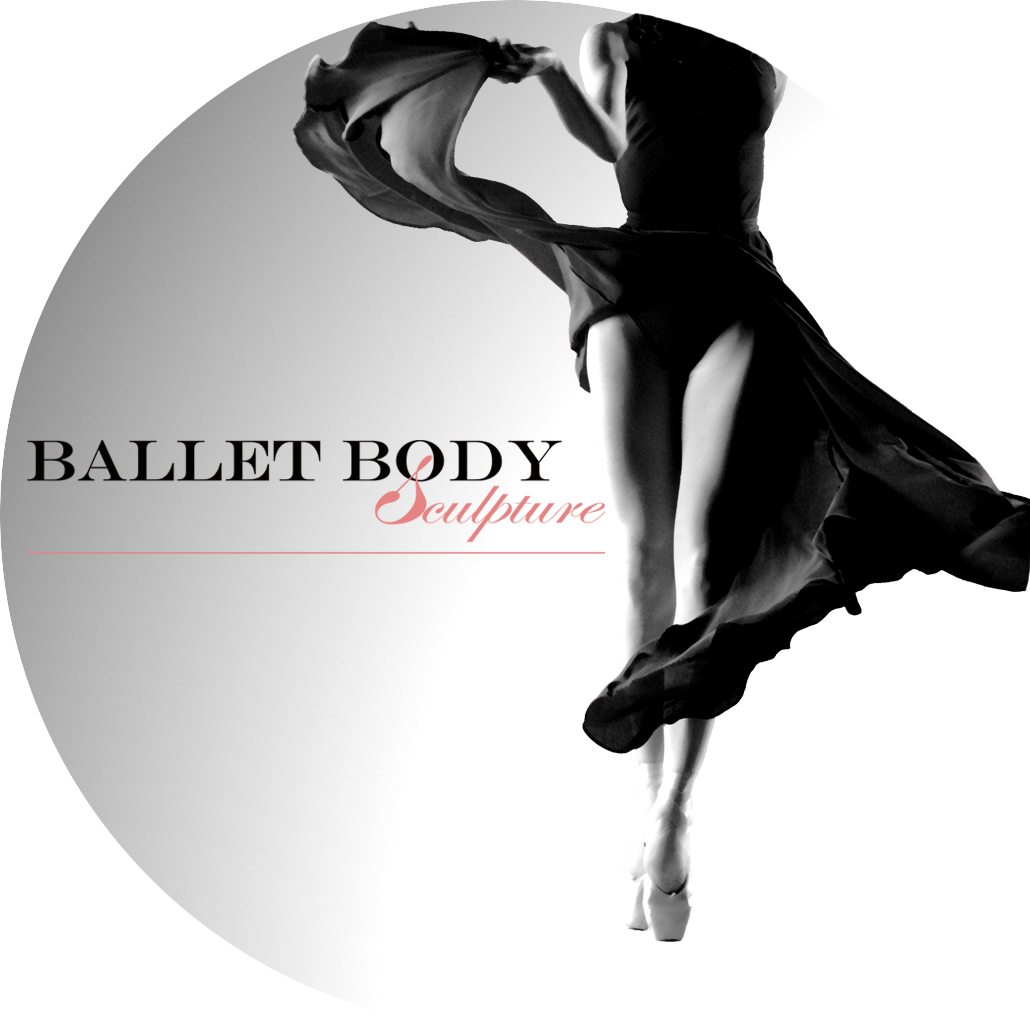Ballet Terms & Glossary For Beginners
Many people wonder how can you learn ballet as an adult? Ballet, unlike any other fitness class has very precise structure which helps you to learn the techniques and practice it as an exercise at any age. For beginners we have selected some basic names and terms to give you a bit of an insight, as well as to make you feel more comfortable at your first lesson:
A bend of the knees. A full bending of the knees is a grand plié and a demi-plié is a half bending of the knees. The bending movement should be gradual and smooth, as should the rising movement.
Tight or stretched – when the working leg is extended to either the front, side or back along the floor until only the tip of the toe remains touching the floor.
A classical ballet term meaning “round of the leg.”
Arm Positions or Port de Bras:
Is a classical ballet term meaning “movement of the arms.” It describes how dancers move their arms from one position to another.
Dégagé means "to disengage." Dégagé is a movement where the working leg "disengages" from the supporting leg in a brush off the floor.
Raised – A raising of the body on the ball of the foot or on demi-pointe.
A classical ballet movement that really extends and tones those ballet muscles!
A classic ballet position with one leg stretched long behind the dancer on the floor or in the air (height of the leg does not matter) and the back knee straight. The supporting leg can be straight or bent in a demi-plié.
A position in which one leg is raised with the knee bent at a right angle and higher than the foot. The supporting leg can be straight, or in demi-plié, and the leg lifted can be to the front, side or back.
A classical ballet position of the feet that is used in combination with other movements.
“small beating,” is a movement that starts with the working leg in the sur le cou-de-pied position, (where the pointed foot is placed on the opposite leg between the base of the calf and the beginning of the ankle).
A series of connected movements that transfer weight from one foot to the other.
A classical ballet term that translates to “over-under.” It can be performed at the barre or in the center.
The supporting or standing leg is the one that holds the most weight in any movement or position. The working leg is executing a given movement while the weight of the body is on the supporting leg.
Meaning “large beat.” This ballet movement is done by brushing the working leg off the floor, typically past ninety degrees, into the air before bringing it back to the starting position with control.
A pirouette is a turn on one leg. A passé: is a movement in which the working leg lifts and passes along the supporting leg by the knee.
A balancé is a beautiful rocking step where a dancer moves while alternating balance between their feet.
Means “to jump.” Technically, any jump in ballet can be called a sauté! The exact type of jump depends upon the position of the body in the air.
A jump where the dancer pushes off the floor with two feet, splitting their legs in the air "like scissors" and landing.
There are certainly many more terms and names of different ballet steps and exercises, but the ones above will already give you a great start! We look forward to seeing your at our classes! Xoxo
Blog source: balletbeautiful.com

